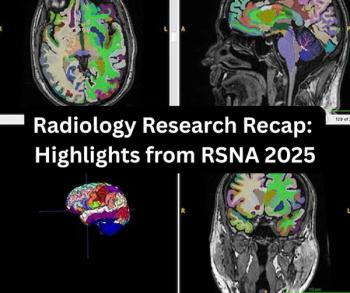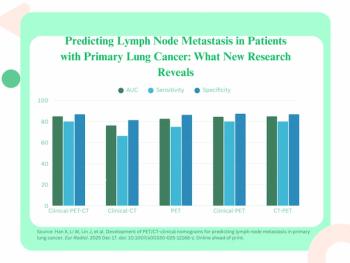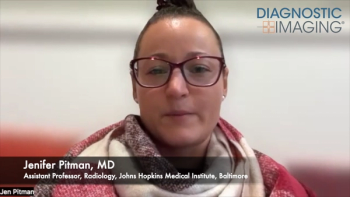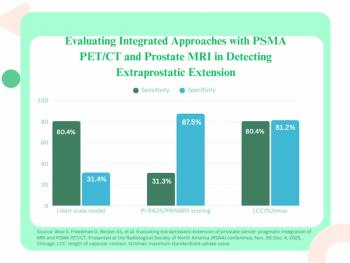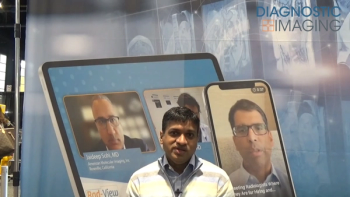FDA Clears Enhanced Mobile CT System with High-Resolution Photon-Counting Technology
Photon-counting CT-optimized features with the OmniTom Elite system include 30 cm field of view scanning, continuous spiral scanning, and an ultra-high-resolution capability of 0.141 mm resolution.
The Food and Drug Administration (FDA) has granted 510(k) clearance for the latest version of the OmniTom Elite system, which has been enhanced with photon-counting CT (PCCT) technology.
The PCCT-optimized features of the device range from advanced image processing and an expanded scope of scanning to helical scanning capability, according to NeuroLogica, a subsidiary of Samsung that manufactures the OmniTom Elite system.
NeuroLogica said key benefits include access to 0.141 mm resolution with the system’s ultra-high resolution mode, post-reconstruction features such as bone removal and virtual non-contrast, continuous spiral scanning capability and expanded scanning to capture a 30 cm field of view.
“With these new features, the OmniTom® Elite PCD not only offers exquisite image quality and diagnostic capabilities but also ensures a more versatile and efficient imaging process. This is a significant advancement for point-of-care imaging, continuing our commitment to enable clinicians to make a more confident diagnosis due to the improved clinical information,” noted Renaud Maloberti, the vice president and head of mCT business at NeuroLogica.
Newsletter
Stay at the forefront of radiology with the Diagnostic Imaging newsletter, delivering the latest news, clinical insights, and imaging advancements for today’s radiologists.

